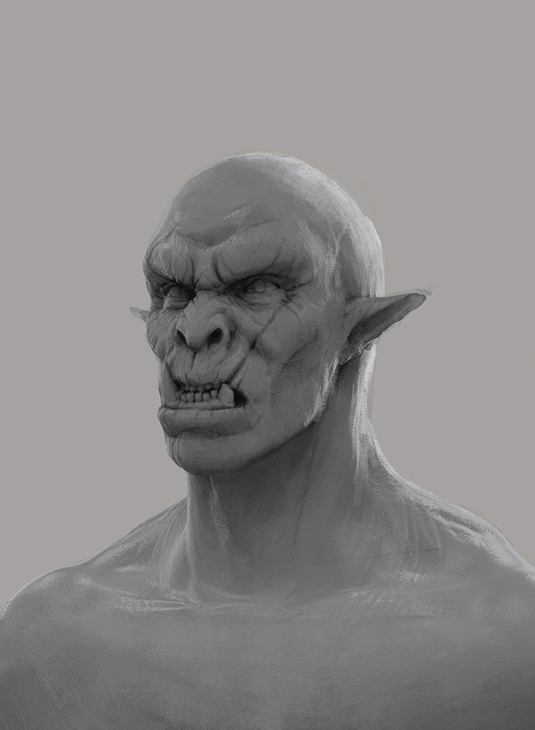

In the example, we want to blend a ball pen into a photo showing several other items. When doing composite work, you often have to add shadows when merging photos together which were taken under different conditions. To apply the effect to all other buttons, right-click the layers and choose Paste Layer Style. Right-click the button to which you just added the shadow in the Layers panel and click Copy Layer Style. We use the rounded contour in the example.ĭon’t worry, you don’t have to repeat these steps for every single button. To make the button pop, click the Contour drop-down list box to choose a contour shape that determines how the shadow fades out. Now a subtle shadow should already be visible but it is still too weak to highlight the button. Next set the size to 5 px to blur the shadow. We want the shadow to look the same all around the button. Then if you set the distance to 0, you don’t have to specify an angle. To achieve this, first move the Opacity slider of the shadow to 20. So we will add a subtle drop shadow to highlight the button to show users that it is interactive. Today, designers tend to prefer the “less is more” approach. If you set the opacity to 100 percent in the Structure section of the Drop Shadow options, you will get that typical look of the 2000s: a bold and heavy shadow. Select Drop Shadow at the bottom of the Blending Options list. To create a drop shadow, first double-click the layer with the button. The website includes interactive buttons which we want to highlight by adding shadows.

The first application example is a colourful and flashy landing page without shadows. We will show you how to add a hard drop shadow and a very soft shadow in Photoshop. To create convincing photo composites, the angle of incidence of the light source and the background on which the shadow is cast are crucial.

This time, however, they are used in a subtle and selective manner. Having all but disappeared for a few years, shadows on the internet are slowly making a comeback. Fortunately, this excessive design trend is a thing of the past. In the early 2000s, web and UI designers used heavy shadows in abundance to highlight buttons. We show you how to add shadows to create modern web designs and realistic looking composites using application examples from web design and classic image editing. You can make design features stand out from the background with just a few clicks. The drop shadow is a staple among Photoshop effects and ideal to create convincing composites.


 0 kommentar(er)
0 kommentar(er)
